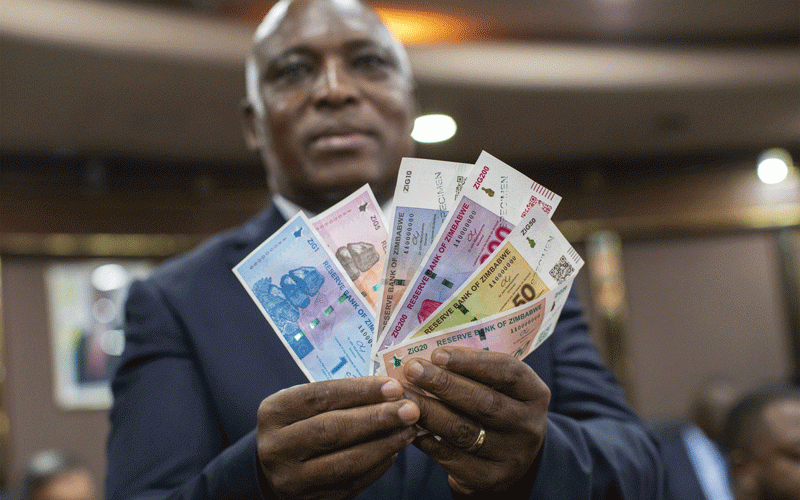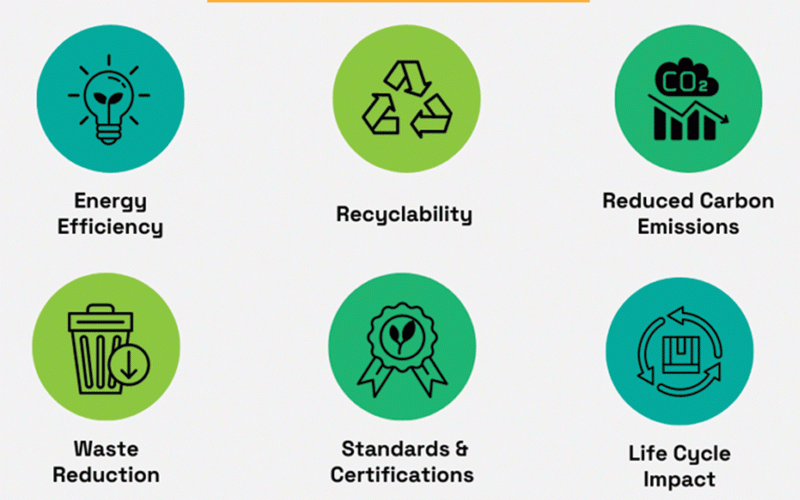
OK Zimbabwe’s decision to raise capital in US dollars, despite being listed on a local currency-denominated exchange, highlights the ongoing currency challenges facing Zimbabwe’s capital markets.
While Zimbabwe Gold (ZiG) has shown greater stability than its predecessor, the Zimbabwe dollar (ZWL), and the central bank reports improved foreign currency reserves, one critical issue remains: when will suppliers start accepting ZiG with confidence? The fact that the rights issue capital is largely in US dollars suggests trust in ZiG is still lacking.
Since 2020, eleven companies have migrated from the Zimbabwe Stock Exchange (ZSE) to Victoria Falls Stock Exchange (VFEX), mostly to gain access to US dollar-denominated capital.
In October, Tanganda’s board announced it was considering delisting from the ZSE in favour of VFEX. However, the company later shelved the plan.
Instead, the board resolved to pursue a dual listing — issuing new shares on VFEX, while retaining its ZSE listing. By January 2025, Tanganda was finalising a circular for its planned secondary listing on VFEX and an associated US$8 million capital raise.
This raises a broader question: if the local currency were truly convertible through formal channels, would these migrations from the ZSE be taking place?
Earlier this year, all ZSE-listed firms were mandated to report financial results in ZiG. Yet it is unclear who, if anyone, is using these ZiG-denominated statements for meaningful analysis or decision-making.
For instance, ZSE Holdings listed on the ZSE Mainboard on July 10 with a valuation based on a weighted average of US$13 million. Why was the valuation done in US dollars and not in ZiG? The answer, though perhaps self-evident, is telling.
- Zimra seizes CCC campaign vehicle
- ZDI defends AK-47 rifles 'smugglers'
- Firearms smuggling suspect weeps in court
- Fresh calls to scrap 2% tax
Keep Reading
The informal sector — largely made up of small-to-medium enterprises (SMEs) — drives the economy, with more than 80% of transactions conducted in US dollars.
At ZSE Holdings Group’s listing ceremony, CEO Justin Bgoni said the group is exploring ways to help SMEs access financing through its platforms. The question is: will this financing be offered in ZiG?
In 2020, Old Mutual and PPC were suspended from the ZSE over fungibility concerns.
At the time, the Old Mutual Implied Rate was seen as contributing to exchange rate instability by tracking the parallel market.
Fast forward to today — ZiG has been relatively stable, and authorities remain upbeat, citing a shift to market-determined exchange rates. Yet Old Mutual remains suspended. What message does this send to investors when capital remains frozen despite apparent progress in currency reforms?
Stockbroker Itai Chirume recently noted that foreign investors are primarily deterred by currency risk, beyond the typical investment risks. At one point, assets denominated in US dollars were abruptly converted 1:1 with the local currency, resulting in heavy losses.
Has investor confidence really returned, despite the relative stability of ZiG? And why does the US dollar remain dominant, even with less ZiG in circulation than ZWL before it?
Delta Corporation is currently in a dispute with the Zimbabwe Revenue Authority (Zimra) over tax liabilities. The company argues that it already paid some taxes in local currency, but those payments lost value due to inflation and currency depreciation.
In November, Zimra added new charges, prompting Delta to contest a total of US$74 million. Even tax authorities appear to prefer the US dollar — and the reasons are not hard to understand.
According to the Tobacco Industry and Marketing Board, by Day 88 of the 2025 marketing season, 340,2 million kg of tobacco had been sold — a 51% increase from the 225 million kg sold during the same period last year.
Of that total, 321 million kg came from contract farming and 18,9 million kg from auction sales. So far, the crop has earned Zimbabwe US$1,13 billion.
Gold exports have also surged, increasing by 24% in the first five months of 2025 to US$748 million, up from US$599,2 million in the same period last year.
This US$148,8 million rise highlights gold’s growing importance to the economy. In 2024, gold exports brought in US$2,5 billion — a 37% increase over 2023.
Maize production is also recovering, with output projected to reach its highest level since 2008. The target for 2025 is 3 300 metric tonnes, with 2 300 metric tonnes already produced this year.
This is expected to ease the country’s grain import bill, which spiked last year due to the El Niño weather pattern.
Despite this rebound in key sectors, exporters are still required to surrender 30% of their foreign currency earnings. ZiG, however, remains non-convertible through official channels.
Taimo is an investment analyst with a talent for writing about equities and addressing topical issues in local capital markets. He holds a First Class Degree in Finance and Banking from the University of Zimbabwe. He is an active member of the Investment Professionals of Zimbabwe community, pursuing the Chartered Financial Analyst charter designation.











